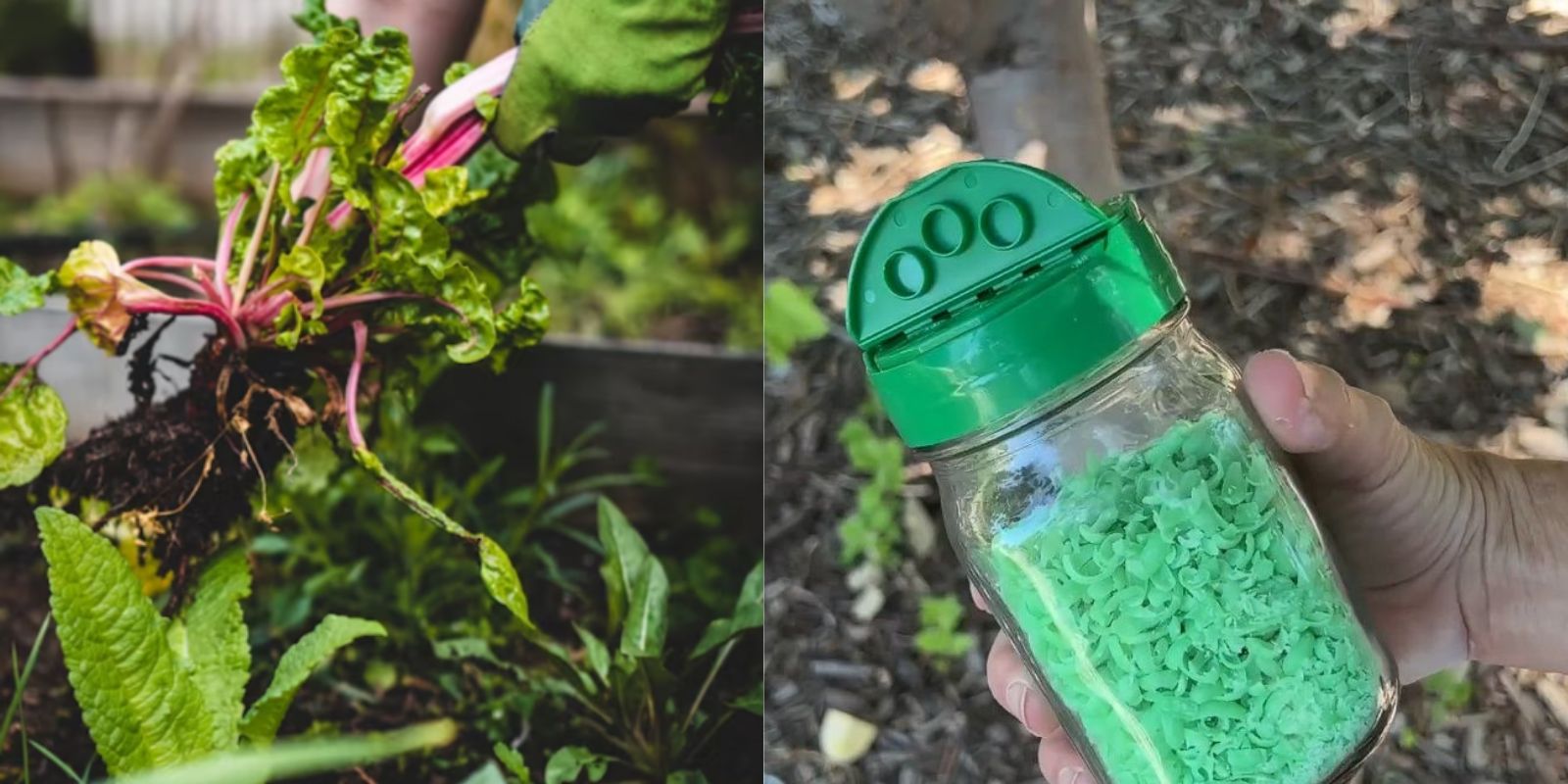Introduction
Garden pests can wreak havoc on your plants, leading to reduced yields and damaged foliage. While commercial pesticides are often used to tackle these unwanted visitors, there are natural, eco-friendly alternatives that can be just as effective. One such solution is using soap shavings. This method is simple, cost-effective, and safe for the environment. In this article, we will explore how soap shavings can help deter pests, the science behind their effectiveness, and step-by-step instructions for incorporating this technique into your gardening routine.
1. Understanding the Role of Soap Shavings in Pest Control
Why Soap Shavings Work
Soap shavings contain surfactants, which are compounds that reduce the surface tension of liquids. When applied to plants, these surfactants can disrupt the protective coatings on insect pests, leading to dehydration and death. Unlike chemical pesticides, soap is gentle on the environment and less harmful to beneficial insects.
Types of Soaps to Use
- Natural Soaps: Opt for natural or biodegradable soaps that do not contain synthetic chemicals. Examples include castile soap and pure vegetable soaps.
- Avoid Harsh Chemicals: Stay away from soaps with strong fragrances, dyes, or antibacterial agents, as these can harm plants and beneficial insects.
2. Preparing Soap Shavings for Pest Control
Selecting the Soap
- Choose Natural Soaps: Select a bar soap made from natural ingredients to ensure it’s safe for your plants and the environment.
- Avoid Synthetic Soaps: Soaps containing harsh chemicals or artificial additives can damage plants and disrupt soil health.
Creating Soap Shavings
- Grate the Soap: Use a cheese grater or a vegetable peeler to create small shavings from the bar soap. Aim for fine shavings to ensure they dissolve easily.
- Alternative Methods: You can also crush the soap into powder using a mortar and pestle if grating is not feasible.
3. Making and Applying Soap Shavings Solution
Preparing the Solution
- Mixing Ratios: Combine 2 tablespoons of soap shavings with 1 gallon of water. Stir until the soap is completely dissolved.
- Adjusting Concentration: For severe infestations, you can increase the concentration slightly, but always test on a small area first to ensure it does not harm your plants.
Application Methods
- Spray Application:
- Equipment Needed: Use a garden sprayer or spray bottle.
- Application: Spray the solution directly onto the affected plants, ensuring coverage on both the upper and lower sides of the leaves.
- Frequency: Apply the solution every 7-10 days or after rainfall to maintain its effectiveness.
- Soil Application:
- Mixing with Water: For a different approach, you can dilute the soap solution with additional water and apply it to the soil around your plants.
- Soil Health: This method can help deter pests that reside in the soil or near the plant base.
4. Monitoring and Adjusting
Observing Plant Health
- Check for Effectiveness: Monitor your plants for improvements and reduced pest activity. Look for any signs of damage or adverse reactions.
- Adjust Application: If pests persist or if you notice any harm to your plants, adjust the concentration or frequency of application.
Dealing with Persistent Pests
- Additional Measures: For ongoing pest issues, consider integrating other natural pest control methods, such as introducing beneficial insects or using neem oil.
- Consult Experts: Seek advice from local gardening experts or extension services if problems continue despite using soap shavings.
5. Benefits of Using Soap Shavings for Pest Control
Eco-Friendly Solution
- Safe for Plants: Unlike synthetic pesticides, soap shavings are gentle on plants and do not introduce harmful chemicals into the soil.
- Non-Toxic: Safe for humans and pets, making it an ideal choice for family gardens.
Cost-Effective and Accessible
- Inexpensive: Soap shavings are an affordable option compared to commercial pesticides.
- Easy to Obtain: Soap is readily available and simple to use, requiring minimal equipment.
6. Additional Tips and Considerations
Testing on Plants
- Patch Test: Always test the soap solution on a small, inconspicuous area of your plants before applying it more broadly. This helps to ensure there are no adverse reactions.
Handling Soap Residue
- Rinse Off: If soap residue remains on the leaves after application, gently rinse with water to prevent any potential build-up.
Combining Methods
- Integrated Pest Management (IPM): Use soap shavings as part of a broader pest control strategy, including cultural practices, physical controls, and biological controls.
7. Common Questions and Troubleshooting
Can Soap Shavings Be Used on All Plants?
Yes, soap shavings can be used on a wide variety of plants, but always check for plant sensitivity and adjust the concentration as needed.
Will Soap Shavings Harm Beneficial Insects?
Soap shavings can potentially affect beneficial insects if they come into direct contact with the solution. Apply the solution carefully to minimize impact on beneficial species.
What If the Pests Return?
Persistent pest problems may require additional interventions. Consider rotating treatments or integrating other natural pest control methods for comprehensive management.
Conclusion
Using soap shavings for pest control is a practical, eco-friendly method that can significantly benefit your garden. By following the steps outlined in this guide, you can effectively deter pests while maintaining a healthy and thriving garden environment. Embrace this natural solution and enjoy the peace of mind that comes with environmentally responsible gardening practices.
Call to Action
Ready to keep pests away with a simple, natural remedy? Try using soap shavings in your garden and share your results! 🌱🧼 #GardenHacks #NaturalPestControl #SoapShavings #EcoFriendlyGardening #PlantCare #GreenThumb #GardeningTips

